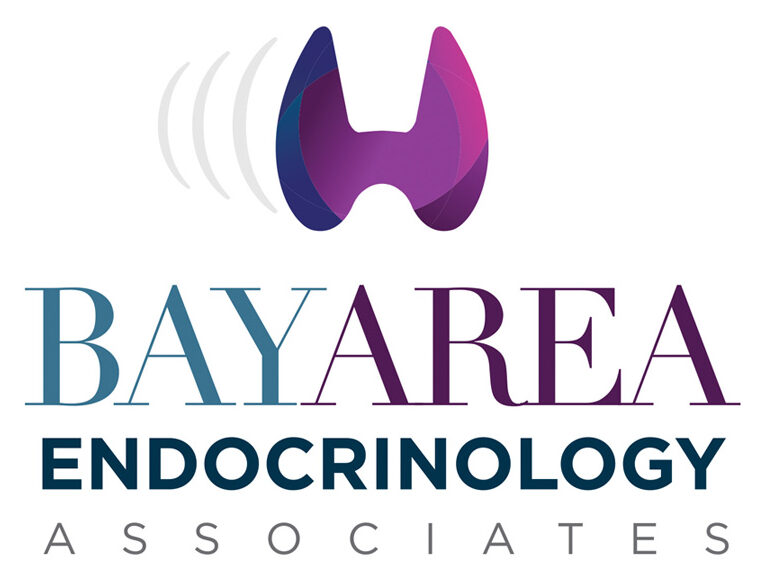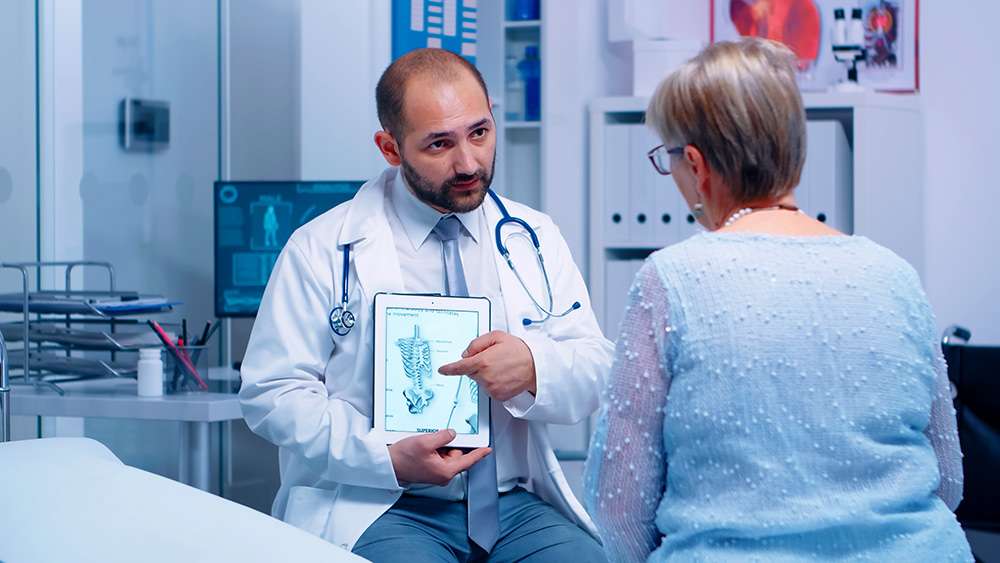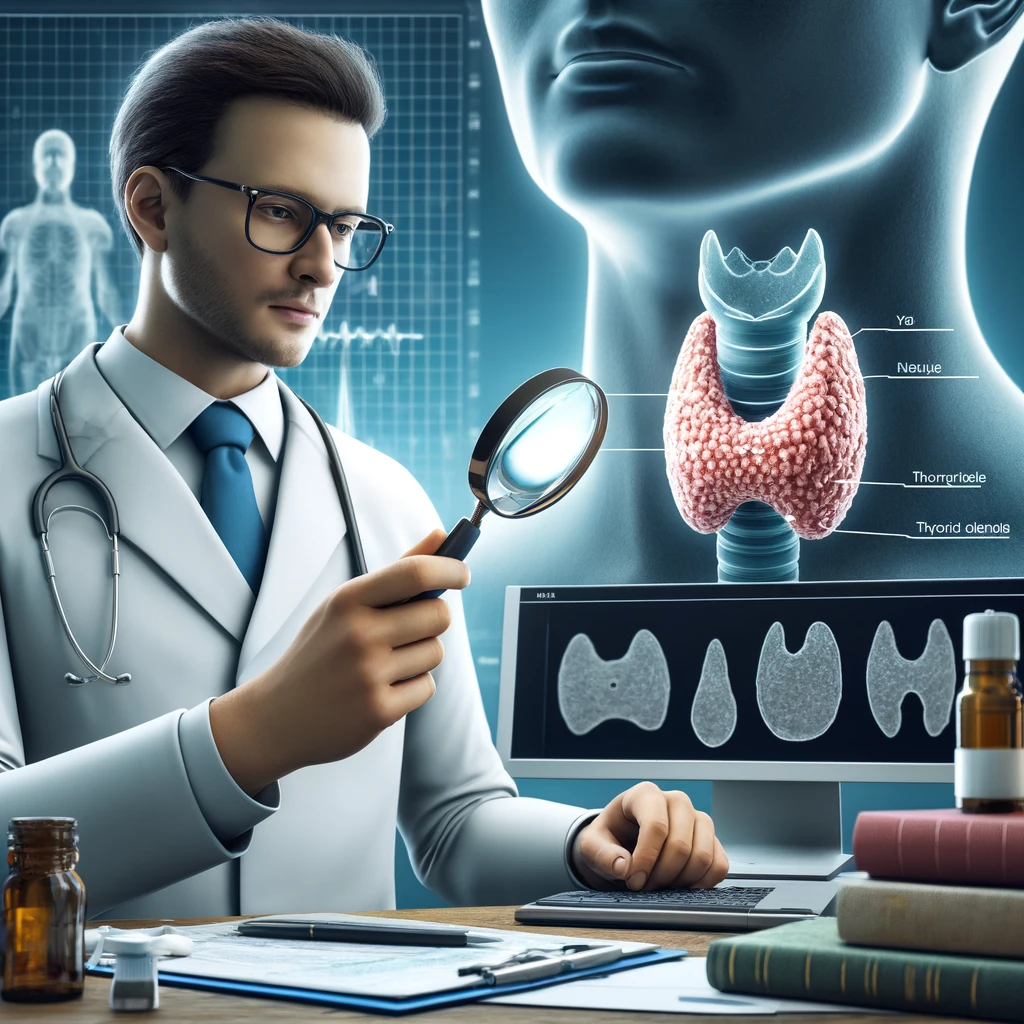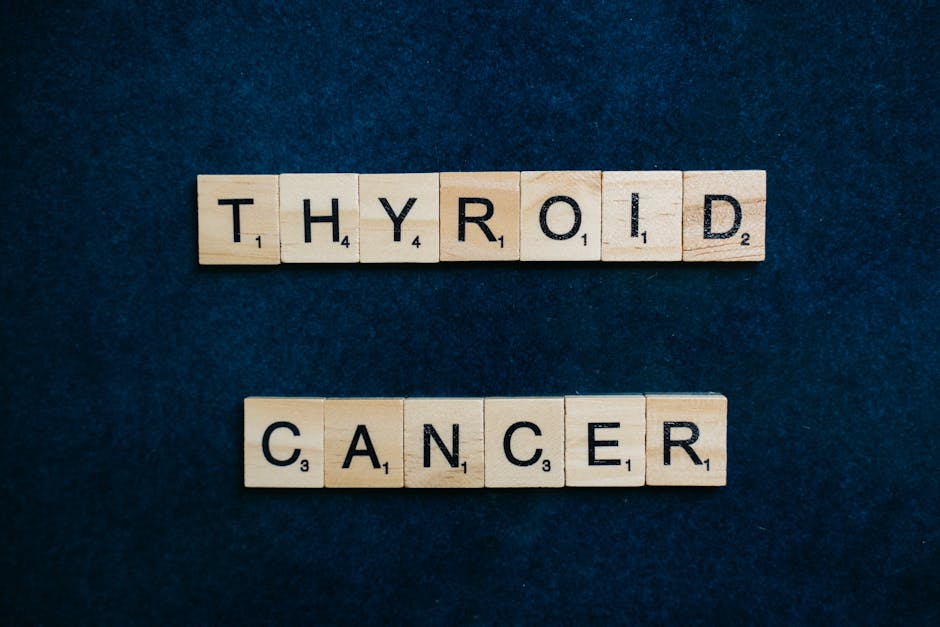Osteoporosis is the thinning of the bones, which leads to an increased risk of fracture. The body is constantly absorbing and replacing bone tissue. With osteoporosis, new bone formation does not occur after removing old bone. Most people do not know they have the condition until they get a fracture. It is estimated that millions have osteoporosis. One in two women and one in four men are at risk of developing it. Women over 40 are at a higher risk because after menopause, they lose bone mass, as do men older than 50.
We are a Tampa-based facility that focuses on thyroid conditions. We have years of experience and are dedicated to providing the best treatment. Our facility is top-notch with state-of-the-art equipment to give you your best chance of recovery. Our team is well-trained and knowledgeable to provide you with the best care. Our approach is holistic as we address your condition’s underlying cause. Feel free to reach out to us and let us help you.
Symptoms of Osteoporosis
Stooped Shape to the Spine. This occurs when there is too much bone matrix present in the spine. The long spine bones support most of the weight in the body. Too much bone matrix present can cause abnormalities in bone density, leading to a curved or stooped posture. This symptom may cause the affected individual to walk with a bit of a waddle.
Height loss. Although it happens at a very slow rate, height loss is a symptom of osteoporosis. The bones begin to compress, and the vertebrae collapse on each other. Height loss can begin early on but becomes more prominent as time goes on. In cases of extreme height loss, patients may have a hunched back and be unable to straighten their stature.
Receding Gums. The jawbone is connected to the skull, and the loss of bone density in this area leads to receding gums. This occurs when there is an inadequate level of calcium in the body. When the teeth are not adequately covered by gum tissue, it can lead to tooth decay or periodontal disease. Gum recession can be treated with implants, but restoring lost tissue is impossible.
Back pain. Another symptom of Osteoporosis is back pain. This occurs when the vertebrae in the spine collapse and push against a nerve or spinal cord. Back pain can be very severe and cause movement to become very difficult. It also limits mobility in the body, as some vertebrae can no longer move smoothly.
Fractures. In osteoporosis, there is a decreased ability for new bone to form after the removal of old bone. This can cause bones to break from everyday stress or low-impact injuries. If the break occurs in major bones, it can cause significant pain. It may also lead to other fractures in the same area, which can cause difficulty moving.
Diagnosis
Here are some ways to get a diagnosis for Osteoporosis.
Bone Density Test. This simple test can tell the medical professional if the bones in your body have enough bone matter. They use a Dual-energy X-ray absorptiometry (DEXA) scan to determine the density of the bones. The scan will emit low-level radiation and only take a few minutes of your time. With this test, the medical professional can see if your bones are developing correctly or if bone tissue is lost in the body.
Blood Test
A blood test can be administered to determine the levels of calcium and vitamin D in the body. The blood test is a simple procedure that takes very little time. It is necessary to find out if there is an imbalance in either of these compounds, as it will help with your diagnosis. The specialist may also check for other markers of Osteoporosis, such as bone-specific alkaline phosphatase and Osteocalcin.
Treatment Options
Osteoporosis is manageable and treatable. It is a condition that will get worse with time if it is not treated, so it is best to get treatment as soon as possible.
Diet. The best diet for osteoporosis is to consume as much calcium as possible. Calcium helps to keep the bones strong and healthy.
Exercise. Exercise is beneficial in treating osteoporosis because it increases bone density and muscle strength. The bone strength built and maintained through exercise will reduce the risk of injury in osteoporosis.
Manipulative Therapy. This involves using an instrument to help correct faulty or relevant skeletal alignment. The machine has computer software to analyze data from sensors attached to the body. The goal is to ensure that the affected area is organized and properly aligned and that there are no other issues.
Medication. Depending on the severity of osteoporosis, medication may be required to control the condition. The drugs are designed to raise the level of calcium in the blood to reduce the loss of bone mass. Most medications will cause side effects, but most can be managed with proper monitoring by your doctor.
Osteoporosis is manageable for those who have it. Taking the proper medications and doing standard exercises to build bone mass can make a big difference in preventing fractures. Osteoporosis is not curable but can be managed. If you suspect you may have it or any other bone-related problem, please make an appointment to see your doctor.
We are here to help you and ensure you get the proper treatment. If you have any questions about osteoporosis, please don’t hesitate to contact our office; we’ll be happy to help you.








